E-Bike Batteries Explained
We’ve joined forces with Australia’s foremost authority when it comes to MTBs/e-bikes, [R]evolution + [E]volution Magazine, to show you why you should be frothing at the bit for an e-bike, and to understand how these things really work…
“The battery is essentially a carton of beer, inside the casing are multiple cells (cans). Each cell contains a cathode, an anode, an electrolyte solution, a separator and two current exchanges (+/- terminals).”
Numbers, numbers, more bloody numbers. Bikes are becoming more and more complicated by the day, then we threw motors in them. Now we have to deal with more numbers like 75nm, 500Wh, 11.3 Ah. and many other variables to consider in an e-Bike. With the help of Jan Tavalasek, the head of Specialized Bicycles Engineering, this article will explore everything you’ve ever wanted to know about that big black magic box that is usually perched on the down tube or even in it. We are going to go through what they are, why they are used, and how to keep them prime. So go grab a beer because we are going to be going deep and there are going to be a lot of numbers.
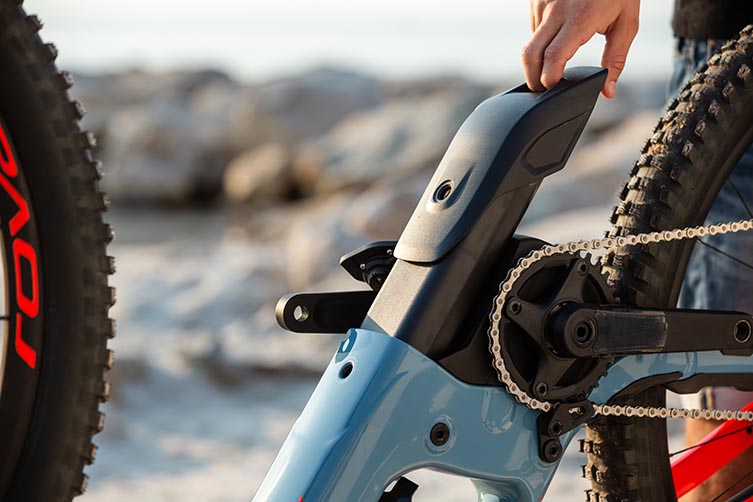
Most e-bikes will use a Lithium-ion (Li-ion) battery to power the motors. Li-ion batteries are used because they contain the most storage per kilo, they have little to no charge memory, and are extremely reliable. When we asked Jan why Specialized used them he said, “For all TURBO bikes we are using Lithium-Ion battery cells. They currently give the best energy density paired with high safety and also great performance in many environmental situations (hot, cold). As an example, Lithium Polymer can give you more power density = more instant power, but they would give you less range. Another factor in the cell choice is the availability in larger volume and the highest quality control standard. We only use cells from globally leading brands.” While my science is at a grade ten level on a good day these batteries aren’t the most complex things in the world. The battery is essentially a carton of beer, inside the casing are multiple cells (cans). Each cell contains a cathode, an anode, an electrolyte solution, a separator and two current exchanges (+/- terminals). When charged the Li-Ion sits waiting in the Anode (-) with positive electrons, while discharging (being used) the Li-ion moves across to the Cathode (+)through the electrolyte, when it does this it lets off a positive electron (electricity). When placed on charge the Li-ion transfers across back to the cathode carrying new positive electrons. The separator basically stops electrons from floating across the battery without a Li-ion companion.
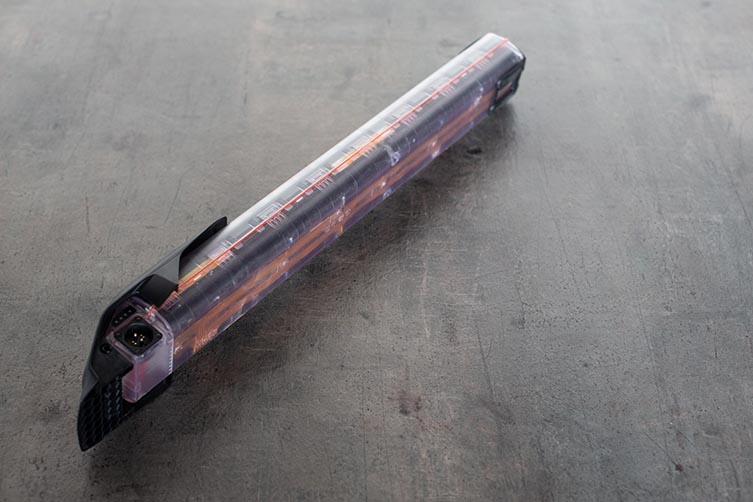
The best way I managed to explain this to myself is by thinking of the cell going on a trail ride. Imagine you are at the bottom of a simple trail (Anode) that goes up and down a hill on singletrack. You (a battery) are at the bottom of the ride and you are stoked to go for a ride (full of positive Li-ion), the bike you are riding is the latest Li-ion model and you head up a hill on singletrack (electrolyte). As you go up the hill you are wearing out and using a bunch of energy (Li-ion lets go of electrons), you are sweating (discharging) out all the energy. Now you are at the top of the climb (Cathode), as you send it downhill back down on your favourite track down as you slap berms and gaps you get more and more stoked (electrons return to Li-ion ) and you feel charged back at the bottom (Anode). All this time you are on single direction tracks that are dictated by trail signs (Separator).
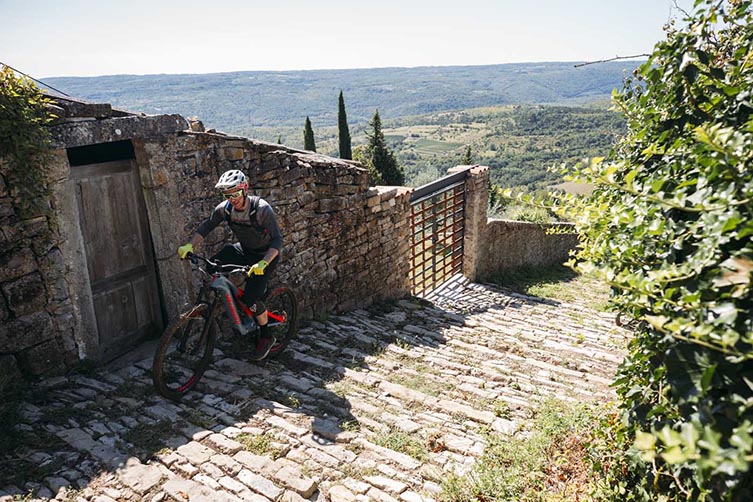
With batteries being so expensive it’s not something you want to be needing to buy all the time. When I asked Jan about the battery life in a Turbo model bike he sad, “Its not that simple to say because it does depend on the usage. On average we say 500 full charge cycles or at least 2yrs and we will still be able to deliver over 60% of the original design capacity.” Each charge cycle is one full lap to the top and back, if you suddenly start going flat and need to turn back 50% through the ride, this is a 50% cycle. If you were to continuously discharge to 50% and re-charge from that level then you will get 1000 half charge cycles ( as 2 half charges are one full charge). The great thing about Li-ion batteries is that they have no memory, they don’t develop a false full charge. This means that no matter how many times you charge from 50% percent the battery will never think it’s full at 50% and result in lower ride distances. The battery, like a rider, will also tire with every lap. Every time you do a lap the less energy it will be able to restore for the next so the last few laps will not last as long as the first. While 500 cycles might seem small to some let me put it in context; if you were to charge it 1 full cycle a day it will last over 1.2 years. If you only ride on the weekends and go through a full charge once a week it will last close to 9.5 years.

When researching e-bikes and their battery you are going to see numbers relating to Amp Hours, Voltage, and Watt Hours. Amp Hours relate to the capacity of the battery, basically how much energy is stored in the battery. The Voltage is how fast the energy flows out of the battery into the motor. Watt-Hours is loosely used to determine the range of a bike while there is assistance provided, it is also the main figure you should use while determining what battery suits you. Watt-Hours can be determined by the amount of Amp Hours multiplied by the Voltage, simply if you have an 8.2 Amp-hour battery with a voltage of 36 (8.2 x 36) you have 295.2 Watt-Hours. In most circumstances, the number is rounded to the closest 50, so this battery will become a 300wh battery.
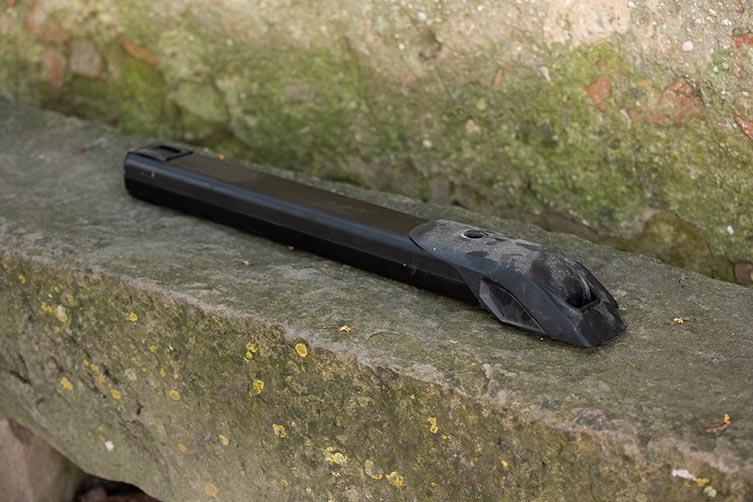
All e-bikes have different modes usually described as “off”, “eco”, “tour”, and “boost”. As you boost up the assistance the more the motor wants that sweet electricity. If you were to ride identical bikes with the same motor, fitted with a 500wh battery, and exact same rider weight up two different trails varying in steepness the range can change dramatically. It is important when looking at e-bikes, or any bike for that matter, to consider where you will be riding. If you are looking at two bikes with two different size batteries and think you will be doing a lot of riding up hills and stressing the motor more than you should opt on the size of a larger battery for more range.
Li-ion batteries are in everything from mobile phones through to laptops and cameras. As you would know the batteries in these everyday things have got smaller and smaller over time. We can already see this happening in the e-bike industry with those original car batteries on the down tube becoming a thing of the past. Nowadays if you were to take a quick glance at bikes such as the new Sight VLT or the new Levo you would have a hard time picking that they were in fact an e-bike. I have always wondered why other brands still put it on the down tube instead of inside it when I asked why Specialised did it I got the answer, “Both. The aesthetics are of course a big driver here. But also having the big mass lower and protected has true advantages. Not to forget that we insist on having a water bottle in the main front triangle.” I also wondered why more brands don’t do it and it turns out the hardest thing is, “Finding a hole to put it in! Sounds simple, but cutting gigantic holes in frames does kill the structure and in order to make the frame pass testing and perform the way we expect from a trail bike isn’t that straight forward. On top, you want a real secure mechanism that doesn’t allow the battery to rattle about yet at the same time it needs to be user-friendly for battery removal, etc. Overall it’s a fun challenge for guys like us to have to figure out a solution.”
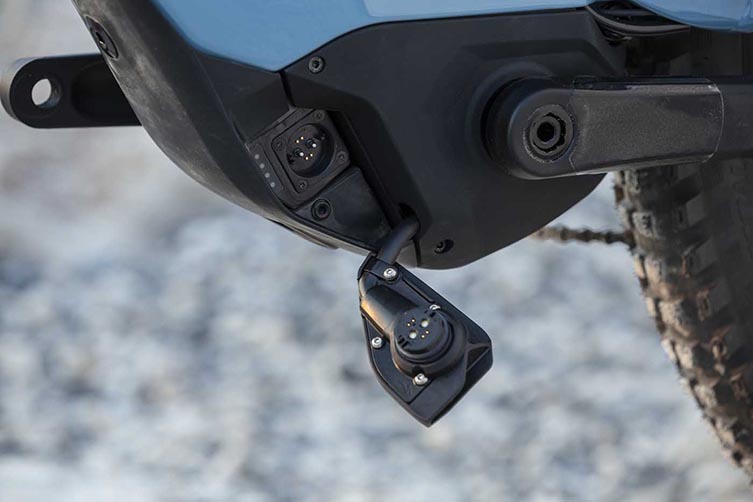
While in some technologies the technology is obsolete after you walk out the door it hasn’t been like this in the e-bike world. Most companies have settled on mounting sizes and connections to the point where if new technology does come out it will be compatible and there will be more upgrade options over replacements. Jan said that “With the huge push for e-mobility the battery technology does improve as well, which is super nice and we all benefit from it. But we have to stay realistic, the magic wonder recipe that you can read in the news won’t be commercially available any time soon. We see a 10-15% capacity increase per year in average as a realistic progression”. Most Batteries are only going to progress in-cell technology, in turn, making them smaller and more efficient. The connections or mounting technology may not even change at all with adapters always being an option. When asked Jan Said, “That’s case by case. Preferred is for sure the backwards compatibility. But we won’t hold ourselves back from making better products if we can by not being compatible. If it’s just a cell update it’s straight forward and it will fit the existing mechanical structure.”
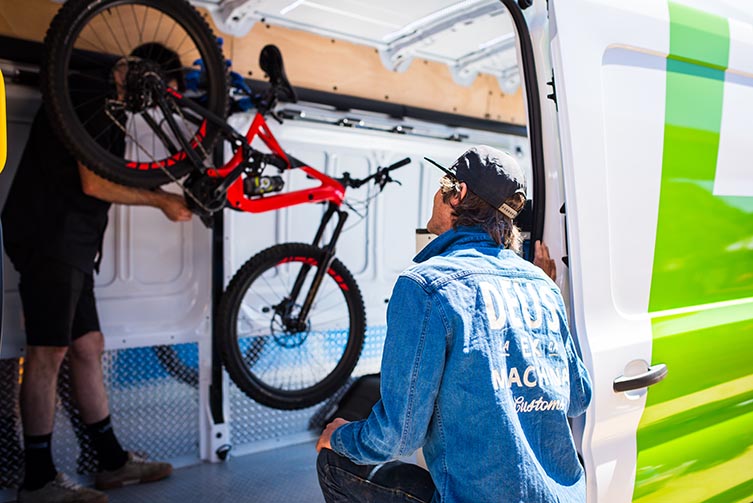
Like everything else on a mountain bike, these batteries are going to take a beating in all types of weather conditions and on all type of tracks. I am sure a lot of readers have pulled up on gaps with more ambition than speed only to case or go OTB while the bike flips down a hill. Next thing you’re picking your bike out of a tree or off a rock thinking “what did I break this time”. While a hanger at $40 isn’t going to phase too many people, breaking a $500-$1,000 battery, on the other hand, is a different story.The big danger with damaging these batteries is that it can react with the air and combust, leading to even more damage. Companies understand this and have impact tested the batteries to ensure that nothing will happen.
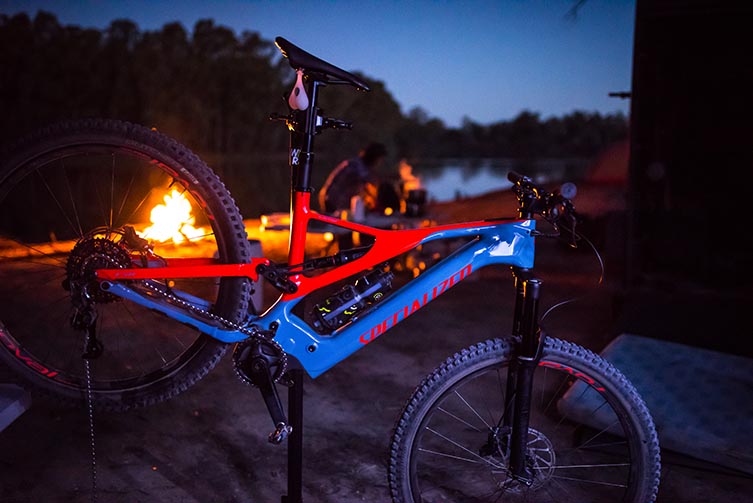
Batteries have no maintenance requirements but do require some things to promote a longer life span. Charging Lithium-ion batteries while they are too hot (+35c) or too cold (-5c) can cause irreparable damage to the cells resulting in shorter run times. So if you need to charge the battery it is best not to do it straight after the ride. Riding bikes in extreme weather conditions should only affect battery life 5-10%. Completely discharging a battery to 0% can also cause a complete failure and a small control computer inside should prevent it but, its best to plan around that scenario. If you have to store the bike for a long period of time then its best to keep the battery charged at 70% to prevent any degradation of the cells. As we are on the subject of charging, you will notice that charge times are usually described as 2 hours to 50% and 5.5 hours to 100%. You would usually expect the 100% charge time to be double the 50% charge time because, well… maths! The reason it is slower in the second half is because the battery requires a balance period to ensure all the cells are charged at the same level, “Think of a balloon. You can inflate a lot of air fast in the beginning but you need to be careful when it’s about to be full” as Jan Describes.

So there you have it, the ins and outs of half of the things that continue to be one of the biggest talking points in the mountain bike industry at the moment. From charging times, capacity, and range, there are so many things to take into account what is going to be right for you. Like any bike, if you know where you will be riding, how long and what the terrain is like the information in this article should be able to guide you in the right direction. It is our hope that this article can become a reference for the readers looking to get into the e-bike market and are confused about some of the complexities. As always though, before you inevitably get too lost in all the numbers remember, the most important thing is just to get out there and ride and enjoy yourself.
WANNA LEARN MORE?
You can keep up to date with everything there is to know about e-Mountain Bikes at revolutionmtb.com.au and their epic magazine, which features loads of interesting stories and interviews.
Related Content

E-BIKE MOTORS EXPLAINED
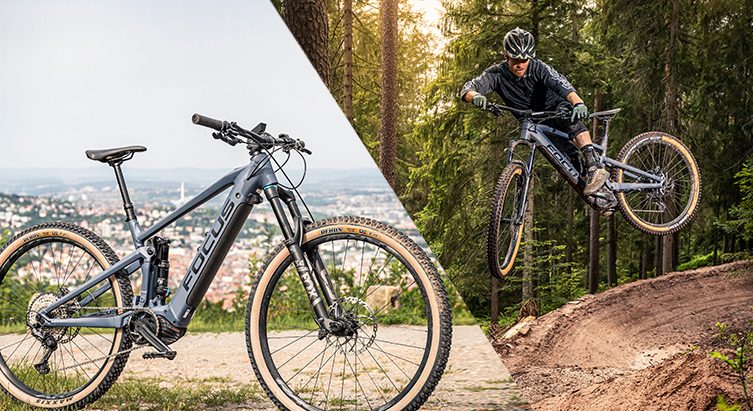
COMPLETE GUIDE TO E-MOUNTAIN BIKES

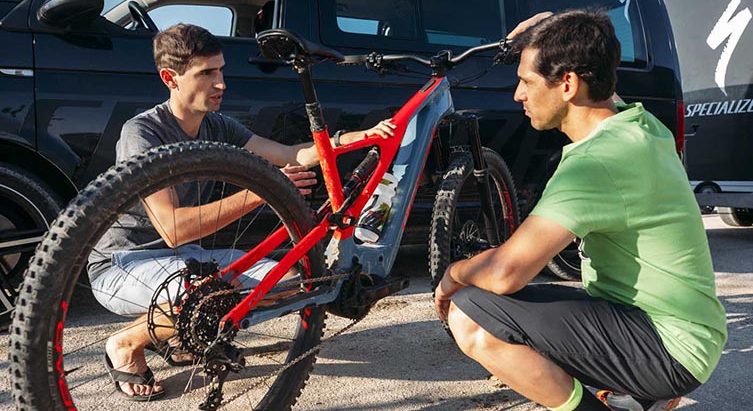









Be the first to comment...